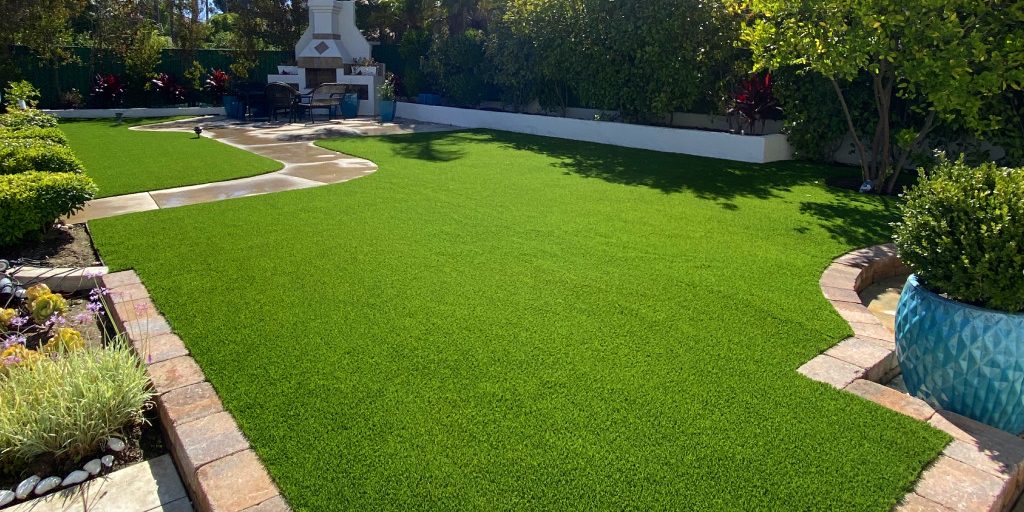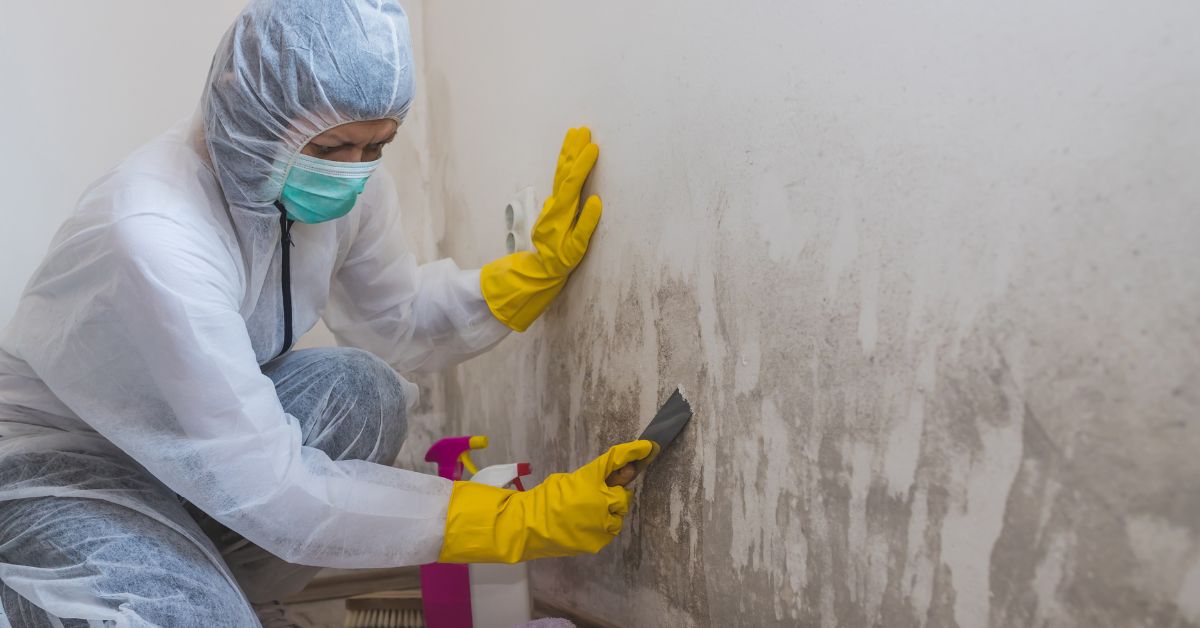Indoor Orchids – Beautiful Plants for Your Home Interior
Indoor Orchids – Beautiful Plants for Your Home Interior
 Although there are some wild orchids indigenous to our regions, the great majority grow in tropical climes. It took a long time before the imported tropical plants could be successfully cultivated here, mainly because, initially, so little was known about the growth factors that prevailed in their original environment. The more exacting cultivation requirements of these exotic plants make it rather difficult to get reasonable result if you try to grow them in an ordinary living room, which is generally too dry and too cool. A centrally heated room with a particularly moist atmosphere offers greater possibilities than one with an open fire or stove. And anyone attempting to grow orchids in a room heated with a gas fire or oil stove is almost certain to be disappointed.
Although there are some wild orchids indigenous to our regions, the great majority grow in tropical climes. It took a long time before the imported tropical plants could be successfully cultivated here, mainly because, initially, so little was known about the growth factors that prevailed in their original environment. The more exacting cultivation requirements of these exotic plants make it rather difficult to get reasonable result if you try to grow them in an ordinary living room, which is generally too dry and too cool. A centrally heated room with a particularly moist atmosphere offers greater possibilities than one with an open fire or stove. And anyone attempting to grow orchids in a room heated with a gas fire or oil stove is almost certain to be disappointed.
The most congenial environment for orchids is a terrarium, a glass plant case (Wardian), or a special constructed plant window, fronted with sliding glass panes, in which both temperature and humidity are automatically controlled. But as with all plants, it is matter of imitating their natural environment as much as we can.
Orchids that can be cultivated in the living room with reasonable change of success are, among others, Coelogyne cristata, Odontoglossum grande (Tiger Orchid), Odontoglossum pulchellum, Paphiopedilum insigne (Slipper Orchid).
The first three varieties are so called epiphytic or tree orchids. They have pseudobulbs and in their natural environment do not grow on the ground but nestle on the trunks or branches of trees. The fourth species is a terrestrial or earth orchid; it has no stem or pseudobulb and roots in the soil.
Weather a plant belongs to the orchid family or not is determined not only by its appearance, original habitat and the pattern of the veins on the leaves, but especially by the structure of the flower. Plant with the flower showing great similarity in their composite parts are classified as one family.
The flower of the orchid usually has six petals, or apparently only five where two are united as in Venus’ Slipper. These six petals are divided into two groups; three (or apparently two) outer and three inner. One of the inner petals is generally larger, more attractive and different in shape; this is the lip (labellum). The stamens in orchids are not immediately obvious. In the center of the flower is a small column (gynostemium) consisting of the style and the stamens; two stamens in the Venus’ Slipper group but only one in the rest of the Orchidaceae.
For the amateur it is really only possible to propagate orchids by division. Coelogyne cristata, Odontoglossum grande,and Odontoglossum pulchellum are propagated by division of the pseudobulbs in the spring when new growth is beginning, with the severed pseudo bulbs placed on a tray of moss.
Paphiopedilum insigne (Slipper Orchid) can be propagated by detaching young shoots with their own root system from the somewhat older plants and potting them up in a specially of Polypodium, beech and Osmunda roots, increasing use is recently being made of tree ferns, bark from Finland and California, ground cork oak, perlite, vermiculite, polystyrene granules, charcoal, hard peat varieties, and granulated peat.



